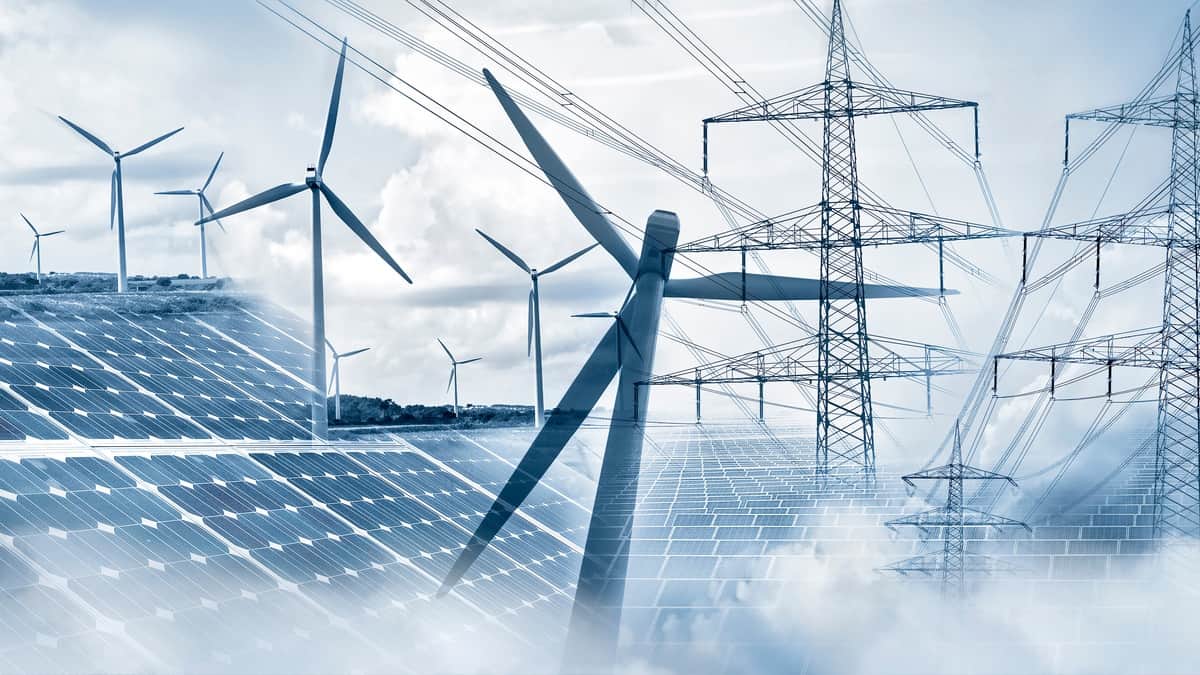The growing adoption of electric vehicles compelled the industry to decarbonize the electrical power grid in the US. It is crucial for the country to ensure the grid’s capability to sufficiently support the shift to clean mobility.
The Office of Energy Efficiency and Renewable Energy released its “Fact of the Week” titled “2023: In 2023, Non-Fossil Fuel Sources Will Account for 86% of New Electric Utility Generation Capacity in the United States” on August 21. It based the content on the US Energy Information Administration’s Electric Power Monthly report in February.
The report discussed the industry’s planned additions and retirements in the country’s electricity output.
Additions
The US will see its solar capacity increase to 52% in 2023. Wind energy will account for 13%, while energy storage batteries will contribute 17% to the country’s new utility-scale electricity generating capacity.
Remarkably, natural gas is the sole fossil fuel-based source to have a share of 14% in the US new capacity this year.
The “other,” including the “biomass, petroleum liquids, conventional hydroelectric, geothermal, and landfill gas,” will only account for 0.3% of capacity additions this year.
Retirements
The report noted that almost all the retiring capacity is fossil fuel-based sources.
In fact, 62% of retiring electricity-generating capacity will come from coal in 2023. Natural gas follows it with 36% retirement, while petroleum only has a 2% share.
Meanwhile, the “other” sources will have a mere 0.1% share in retiring capacity this year. It includes landfill gas, conventional hydroelectric, and wood/wood waste biomass.
All that said, the new capacity will reach 56.1 GW in 2023. Meanwhile, 14.5 GW is set to retire in the same year. These additions and retirements in new capacity will result in a total net gain of 41.6 GW.
See Also:
- US: Renewables contributed 65% of new utility-scale generating capacity in Q1 2023
- Renewables provided almost 75% of US electrical generating capacity in 2022
- Increasing renewables may lower natural gas and coal generation in next two years, US study
- Renewable energy contributed nearly one-quarter of US electrical generation during August 2022
- ENGIE approves a renewable hydrogen project with Yara in Australia
The surge in non-fossil fuel adoption in the US electric utility industry demonstrates EVs’ positive effect in encouraging the shift to clean energy. Apart from its potential to establish a sustainable charging network, it will also aid the country in achieving its carbon neutrality targets.

